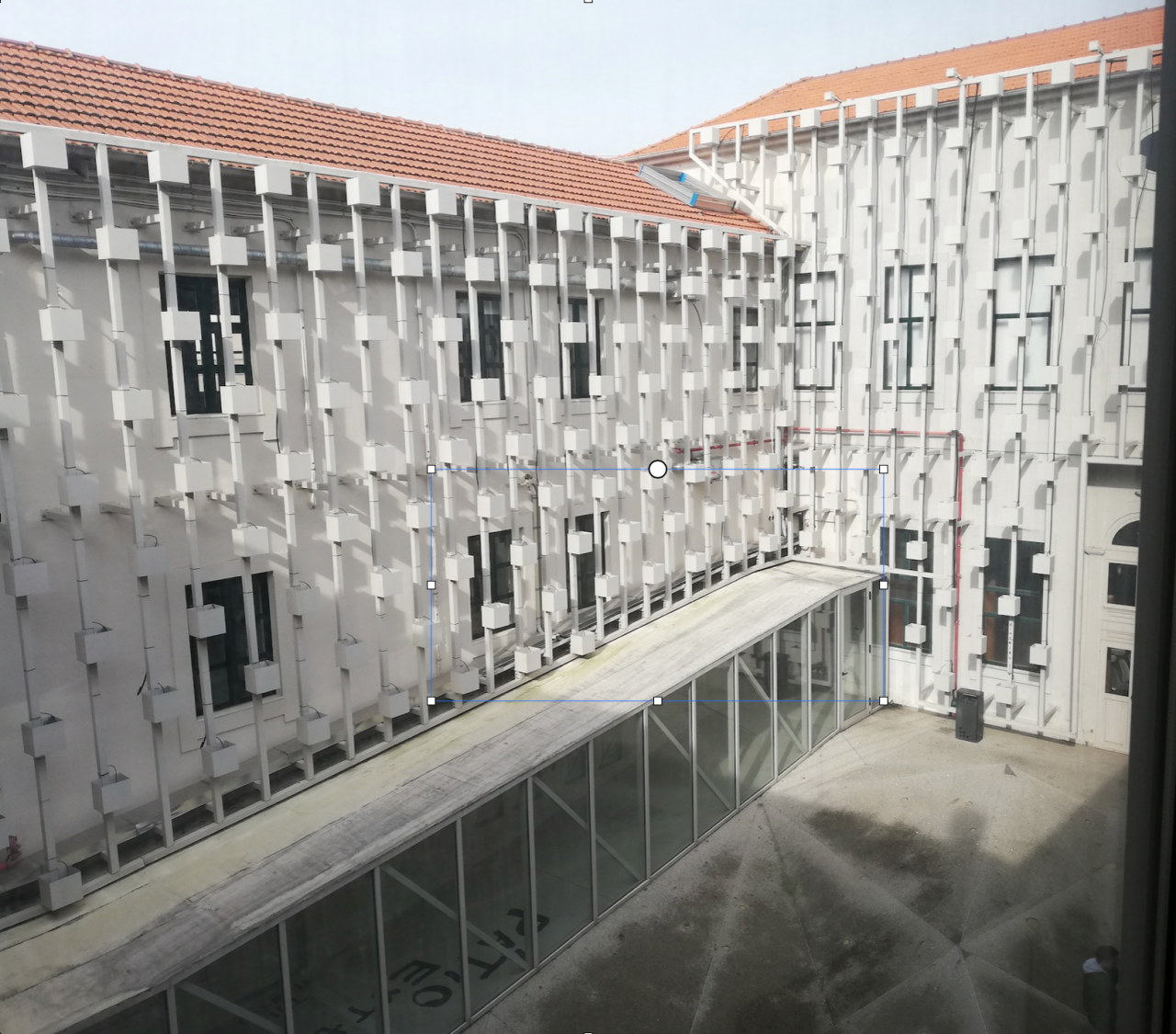
At the beginning of February, representatives of Bologna travelled to Braga for job shadowing to learn more about the importance of Cultural Identity in this city and to be inspired by the innovations applied here in the use of culture and social and cultural animation to engage citizens in action.
Visit to Gnration Building
The building is a former police station. In 2012 the well-known Portuguese architect Carvalho Araújo oversaw the renovation, transforming it into an iconic symbol of Braga. A result of Braga 2012 – European Youth Capital, Gnration is a space for creation, performance, and exhibition within the domain of contemporary music and on the relationship between art and technology.
Through a sustained strategy of permanent openness to the local community, aims at becoming a unifying center for the cultural and creative dynamic,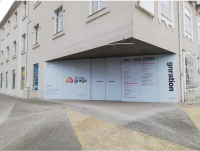
The Centre is open to the local community, and wants to become a unifying hub for cultural activities and creative professions. It is focused on the awareness and involvement of new audiences, exposing them to relevant artistic practices, in an international perspective,
Inside the building there are:
- Gnration, the exhibition space, whose artistic direction is entrusted to Luis Fernandes;
- the operational headquarters of Braga2030, whose artistic direction is entrusted toJoana Menezes;
- a space for artistic residences, for artists and curators hosted by the cultural center;
- the operational headquarters of Circuito, a program of courses and workshops for all the inhabitants of Braga, of all ages (with laboratories like the one I attended byPAVAC). The artistic direction of Circuito is entrusted to Luis Fernandes;
- StartUp Braga, a coworking space dedicated to Braga Startuppers.
1) GNRATION
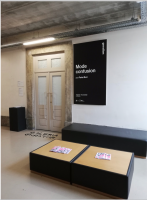
There are several music festivals taking place in Gnration, such as Semibreve or the Festival for Gente Sentada, of electronic music and digital art. They occupy many of the spaces in the Center, including the outdoor patios, which light up in the evening becoming natural settings for exhibitions and performances.
Gnration has been designing programming events since 2012, becoming the main center where the relationship between art and technology takes shape.“Gnration proposes to develop regular work in the spreading of the relationship between art and technology through the programming of exhibitions, concerts/performances and educational service directed towards a diverse and wide-ranging audience, contributing for the affirmation of Braga as an international reference in the field”.
2) BRAGA 2030
With the artistic direction of Joana Menezes, Braga 2030 wants to be a cultural program open to citizenship, for a shared construction of the cultural values that distinguish Braga. It led the City to win the Unesco recognition as Creative City of Media Arts, and the title of Capital of Culture in 2026. In their declaration of intent we can read: “We are collecting the voices of all those who live there and building the map of the identity of a community that are many. A map that turns into an atlas. Braga's 2020-2030 cultural strategy identifies culture as one of the pillars of sustainable development in a city. It is she who is at the center of this reflection. But not only. This Braga lives and grows from the balance between culture, economy, social inclusion and the environment. Because we don't imagine a single path to the future. Since we want the whole to be the result of each part, we are thinking of Braga together. Think about it with us.”
This plan is designed in 6 steps, and is now in phase 3 (I asked Joana to see the document when it will be shared with the citizens, in phase 4). The steps are:
- prepare:think and imagine a strategy
- participants: open conversation open to collect of ideas and suggestions. Place the cultural map of the city through different agents.
- write:a document that gets all the contributions.
- listen:to improve the project with audience suggestions.
- finalization:writing of the final document.
- sharing:public presentation and diffusion of the strategy.
Circuito Braga Media Arts – Educational Service WE! Caixa Magica: experiments with light
On Wednesday morni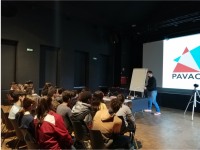
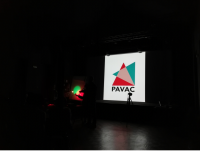
The Circuit programmes include:
- Mini Circuito – with activities and shows for families.
- Circuito Escolar – with activities for the school community.
- Circuito Avançado – with activities and training foryoung, adult and initiated publics.
- Circuito Para Todos – with activities and shows for all audiences.
- Fora de Circuito – that are for special and specific projects.
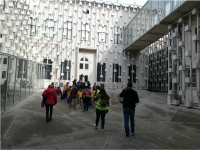
Laboratories of Urban Innovation
Three areas of innovation are installed in the Castelo building: the laboratory for cultural innovation (LIC), the laboratory for social innovation (LIS) and the laboratory for urban innovation (LIU), to promote differentiation projects in social, cultural and urban areas, which help improve the performance of the municipality.
Urban Innovation Laboratories are an incubator for social projects and a support system for entrepreneurs, through coworking, training, mentoring and experimentation activities. They were opened at the end of 2019, and 23 people currently work there. At the time of the visit, the only operations section was the social innovation laboratory, which has already launched the call for the biennial financing of 20 projects. The call did not have a precise focus: having been the first call from the Municipality of Braga, the team wanted to understand the topics of greater interest for the community. However, there has been an focus: a project to use the time and care of older people. Funding for the selected projects comes in part from the European Community (€ 370 thousand) and in part form the Municipality of Braga. The projects should become autonomous by 2021, the end of the project. In the photo the grid with the parameters requested in the call.
The cultural innovation laboratory was not yet active, but according to the Municipality it will be "a meeting point for creatives and a space for training, creation and experimentation, which will allow the transfer of skills and knowledge, promoting the creative economy in specific sectors such as the visual arts, entertainment and music". After the visit of the building, Mr. Pedro Rais gave the presentation of the overall project, which also includes the Laboratories, The Human Power Hub.

Presentation of (Re)Write our Neighborhood project with Daniel Duarte Pereira
Architect Daniel Duarte presented the “(Re)Write our Neighborhood” project realized with Space Transcribers, an interdisciplinary network of architects, urbanists and artists, that questions the contemporary built environment in terms of its representation and collective imaginary. The heart of the project was a series of laboratory and artistic interventions in the Barrio di Braga, inhabited by gypsies. The goal was to redesign the imagery of a territory now negatively stereotyped, which consequently also stigmatizes the people who live there. After a year of the project, and after the publication of the book Transcrever, from my side, would be interesting to see how much this awareness activated by the project influences the political decisions of the Municipality.
